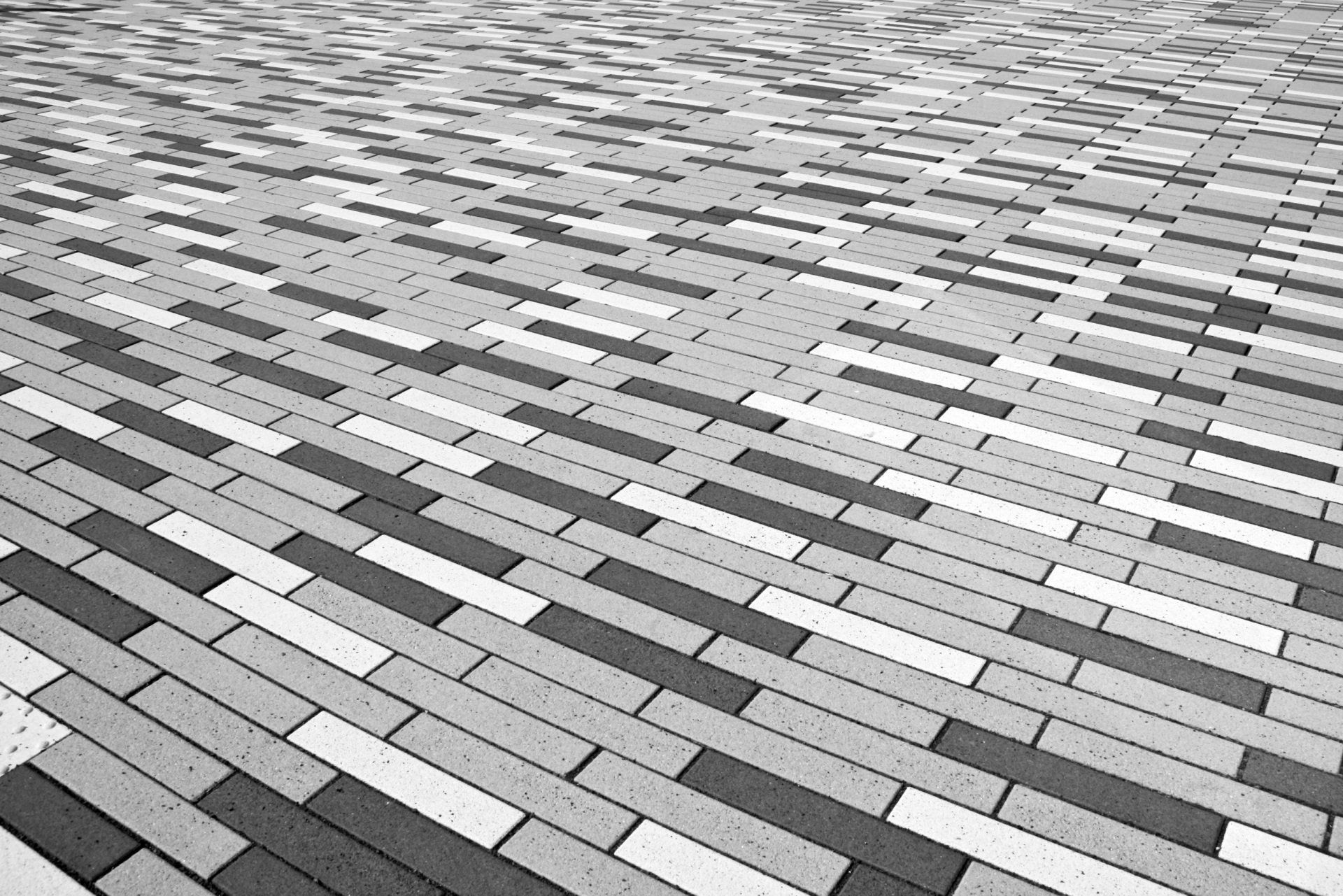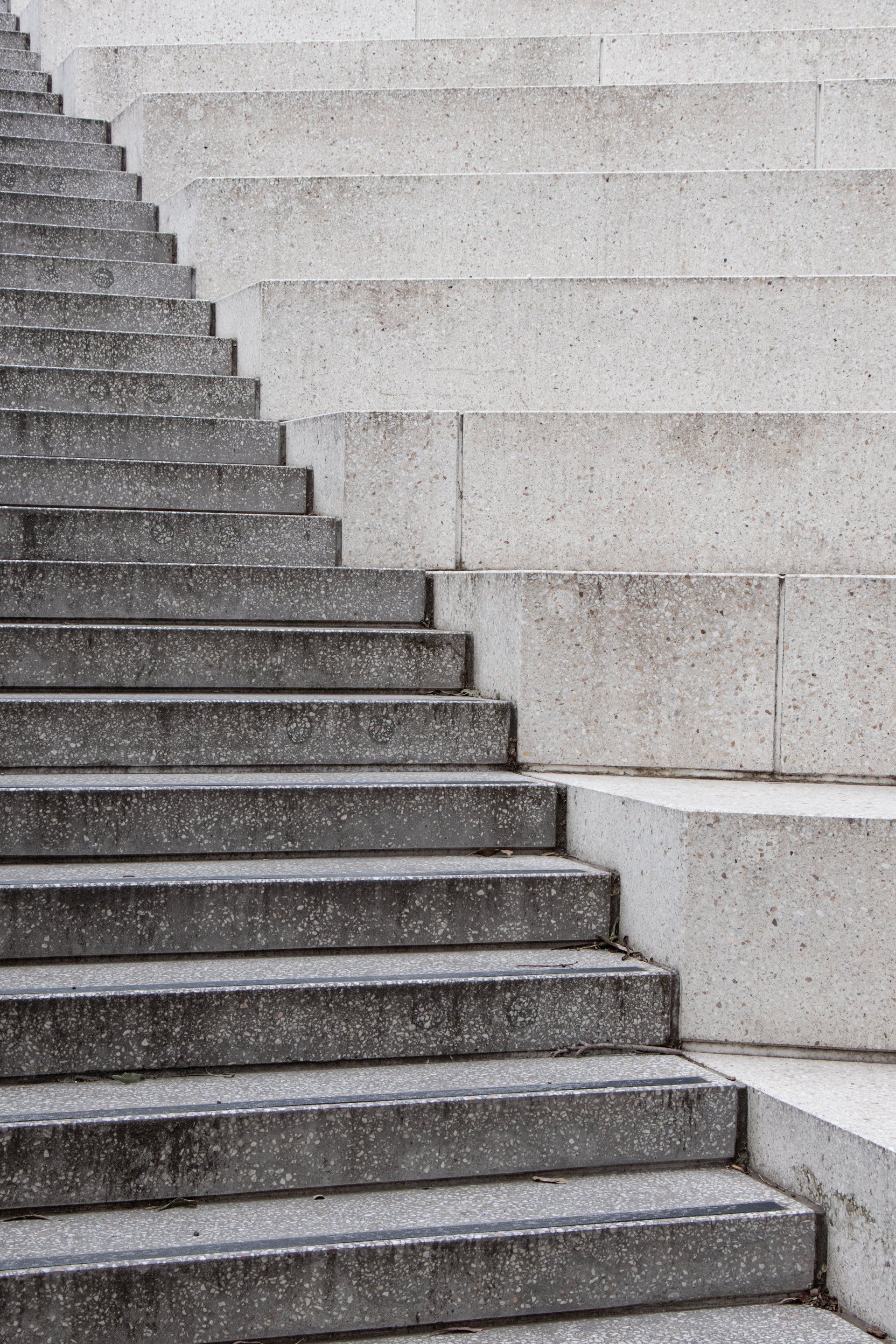Unveiling the Beauty and Benefits of Stamped Concrete: A Comprehensive Guide
Unveiling the Beauty and Benefits of Stamped Concrete: A Comprehensive Guide

In the realm of construction and design, innovation continuously reshapes the landscape, offering new possibilities for enhancing aesthetics, durability, and functionality. One such innovation that has garnered widespread acclaim is stamped concrete—a versatile and cost-effective alternative to traditional paving materials. In this comprehensive guide, we unravel the mysteries of stamped concrete, exploring its origins, applications, and the myriad benefits it offers to homeowners, businesses, and architects alike.
Understanding Stamped Concrete
At its essence, stamped concrete is a decorative concrete technique that mimics the appearance of natural materials such as brick, stone, tile, and wood, while offering the durability and affordability of conventional concrete. This transformative process involves pressing or stamping textured mats or molds into freshly poured concrete, imparting intricate patterns, textures, and colors that closely resemble the desired material.
The Evolution of Stamped Concrete
The history of stamped concrete traces back to the mid-20th century when innovators sought to elevate the aesthetic appeal of concrete surfaces beyond their utilitarian roots. Initially embraced for its affordability and versatility, stamped concrete quickly gained popularity as a viable alternative to pricier materials like brick, stone, and pavers. Over the years, advancements in stamping techniques, coloration methods, and sealant technologies have propelled stamped concrete to the forefront of decorative concrete applications, revolutionizing the way we conceptualize outdoor spaces, driveways, patios, and pool decks.
Applications of Stamped Concrete
Stamped concrete finds myriad applications in both residential and commercial settings, offering endless design possibilities for enhancing outdoor living areas, walkways, and architectural features. Here are some common applications of stamped concrete:
- Patios and Outdoor Living Spaces: Stamped concrete patios provide a visually stunning and durable surface for outdoor entertaining, dining, and relaxation, offering endless customization options to suit any aesthetic preference.
- Driveways and Pathways: Stamped concrete driveways and pathways add curb appeal and functionality to residential properties, transforming mundane concrete surfaces into eye-catching focal points that enhance the overall value and appeal of the property.
- Pool Decks and Surrounds: Stamped concrete pool decks offer a slip-resistant and low-maintenance alternative to traditional decking materials, creating a seamless transition between the pool area and outdoor entertaining spaces.
- Commercial Spaces: In commercial settings, stamped concrete is utilized to enhance the visual appeal of walkways, plazas, courtyards, and entryways, creating inviting and memorable spaces for customers, employees, and visitors.
The Importance of Stamped Concrete
Beyond its aesthetic appeal, stamped concrete offers a plethora of benefits that underscore its importance in modern construction and design:
- Affordability: Stamped concrete provides a cost-effective alternative to natural stone, brick, and pavers, allowing homeowners and businesses to achieve the look of luxury materials at a fraction of the cost.
- Durability and Longevity: Stamped concrete is renowned for its durability and resilience, capable of withstanding heavy foot traffic, vehicular loads, and the rigors of outdoor exposure without succumbing to cracking, fading, or deterioration.
- Versatility and Customization: With an extensive array of patterns, textures, colors, and finishes to choose from, stamped concrete offers unparalleled versatility and customization options, allowing for the creation of unique and personalized design schemes tailored to individual preferences and architectural styles.
- Low Maintenance: Unlike natural materials that require regular sealing, cleaning, and upkeep, stamped concrete requires minimal maintenance, making it an ideal choice for busy homeowners and commercial property owners seeking hassle-free outdoor surfaces.
- Environmental Sustainability: Stamped concrete contributes to sustainability efforts by minimizing the need for resource-intensive materials such as quarried stone and harvested wood, while also reducing waste generated during the construction process.
In conclusion, stamped concrete represents a marriage of form and function, offering a harmonious blend of beauty, durability, and affordability that has revolutionized the world of construction and design. From enhancing outdoor living spaces to elevating the aesthetic appeal of commercial properties, stamped concrete continues to leave an indelible mark on the built environment, enriching our lives and surroundings with its timeless charm and enduring value.
You might also like
Book a Service Today
We will get back to you as soon as possible
Please try again later
All Rights Reserved | Company Name | Powered by Snapps


